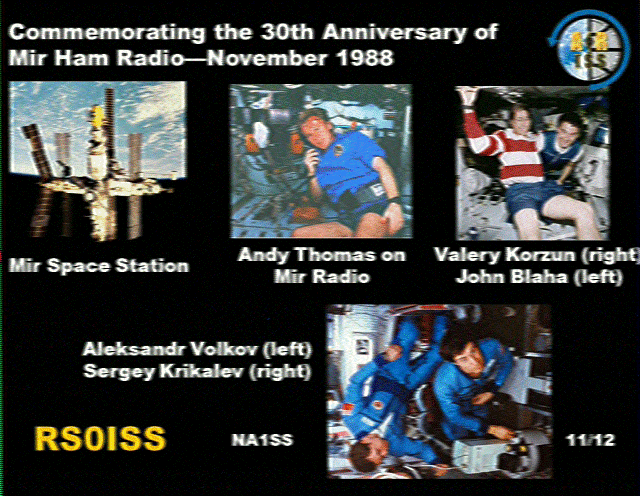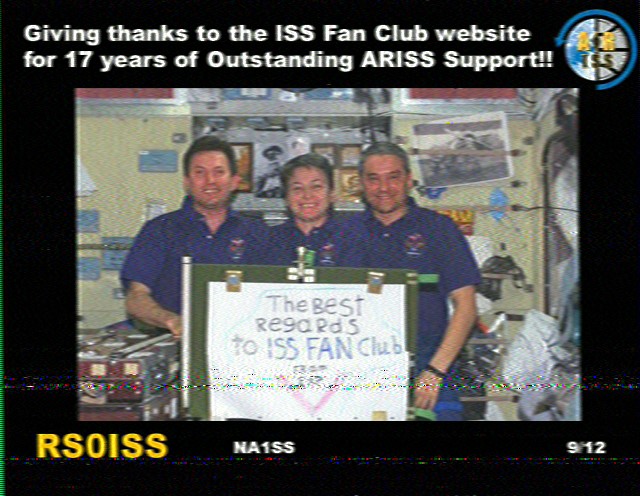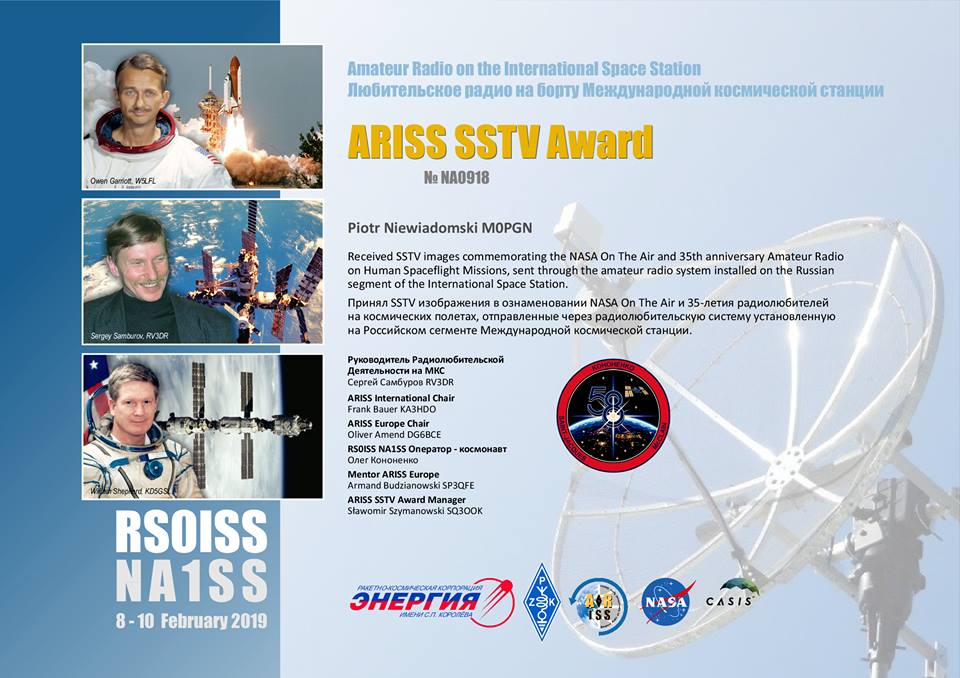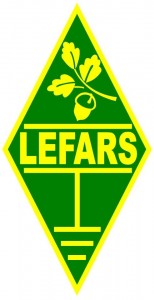This last weekend The International Space Station (ISS) was active transmitting a series of images via Slow Scan TV (SSTV) and a number of LEFARS members were active to receive and decoded the pictures.
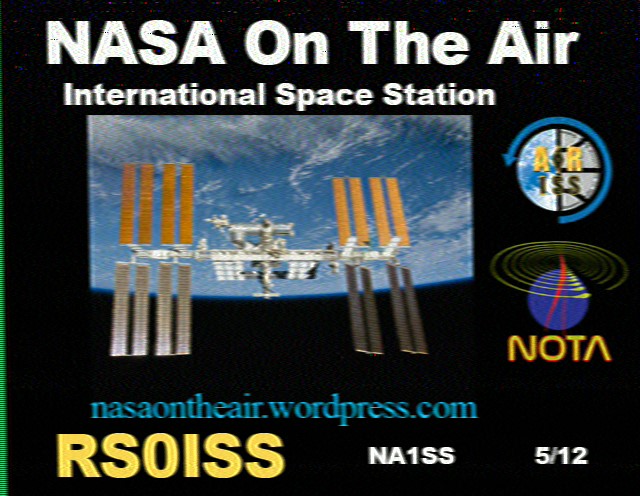 Piotre Niewiadomski (M0PGM) and Dave De La Haye (M0MBD) were just a few of many Amateurs taking part over the weekend.
Piotre Niewiadomski (M0PGM) and Dave De La Haye (M0MBD) were just a few of many Amateurs taking part over the weekend.
Amateur Radio on the International Space Station (ARISS) has always been quite active, and has been seen as an important outreach project for Science Technology Engineering & Maths (STEM) projects in schools and other organisations.
Slow scan TV is usually run on the standard ISS VHF downlink frequency of 145.800 FM and can be received even on a hand held radio with a mobile antenna. To decode the images you also need a computer a sound interface and some software.. In M0MBD’s case the receiver was just an Icom IC746 plugged into a U5 Link sound interface which was plugged into PC which was running software called MMSSTV to decode the pictures being transmitted in PD120 mode.
Transmissions are made using a PC and a Kenwood TM D710 radio in the Russian Command Module of the ISS. This was the seconds weekend of such transmissions and as such was a bit of a surprise. Transmissions were scheduled to start on Friday 15th and concluded on Sunday 17th Feb. The images transmitted consisted of a series of 8 NASA on the air Pictures and an additional 4 ARISS commemorative pictures, a few of which are displayed here from the images downloaded M0MBD.
In addition to the series of images transmitted, there was also the opportunity to submit a downloaded image to the ARISS website in order to apply for an award. Piotre got in quick and was awarded his Certificate which is sent via email:
The greatest thing about this program is how simple it is do do without really having to resort to much in the way of specialist tech. M0MBD only used his standard Co-linear base antenna to receive the signal. He did use the satellite tracking software which is included in Ham Radio Deluxe to work out when the ISS would be passing, as it is useful to know when would be good passes to attempt receiving the signals. Passes mid height (not too high in the sky) worked well as it was within acceptable limits for the polar pattern of the aerial. You can however get as complicated as you like to improve the chances of a successful download, by tracking with steerable beams etc, but the signal is sow powerful (20w) that it really is quite good even when using non specialist equipment. there was even no need to cater for doppler shift as the ISS passed overhead, as the software sorted out the resultant slant in the image.
If this whets your appetite for some Satellite Action and impress your friends with images from the ISS, then check out http://www.ariss.org for more info..
For more info about MMSSTV check out: https://hamsoft.ca/pages/mmsstv.php

